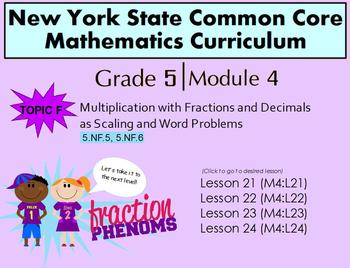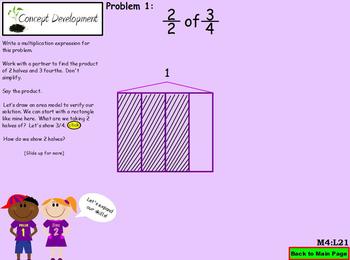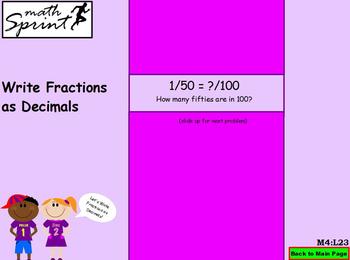NYS Grade 5 Math Module 4 Topic F lessons 21-24
Mr Fuest
91 Followers
Description
This is a comprehensive ActivInspire flipchart that aides in implementing the NYS 5th grade module. This product contains the first four lessons of Topic F which includes lessons 21, 22, 23 and 24. Each lesson has a title page that includes the lesson map, I can statement, and materials needed. Each lesson includes the recommended fluency activities, application problems, concept development, problem sets, exit tickets, and homework. The Flipchart was designed as a guide for each lesson to aide in implementation. If you would like to use this flipchart, but do not have the ActivInspire software, please contact me and I will provide you with a link to a free version of the software that will enable you to use this resource. See my store for a free copy of Topic A from module 4 to give it a try!
Total Pages
57 pages
Answer Key
N/A
Teaching Duration
4 days
Report this resource to TPT
Reported resources will be reviewed by our team. Report this resource to let us know if this resource violates TPT’s content guidelines.
Standards
to see state-specific standards (only available in the US).
CCSS5.NF.B.5a
Comparing the size of a product to the size of one factor on the basis of the size of the other factor, without performing the indicated multiplication.
CCSS5.NF.B.5b
Explaining why multiplying a given number by a fraction greater than 1 results in a product greater than the given number (recognizing multiplication by whole numbers greater than 1 as a familiar case); explaining why multiplying a given number by a fraction less than 1 results in a product smaller than the given number; and relating the principle of fraction equivalence 𝘢/𝘣 = (𝘯×𝘢)/(𝘯×𝘣) to the effect of multiplying 𝘢/𝘣 by 1.
CCSS5.NF.B.6
Solve real world problems involving multiplication of fractions and mixed numbers, e.g., by using visual fraction models or equations to represent the problem.




